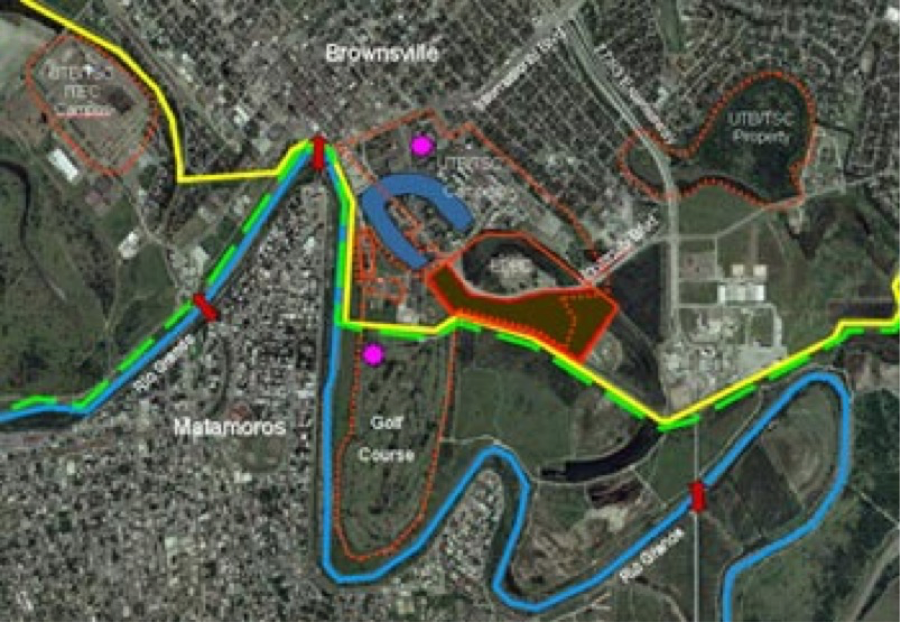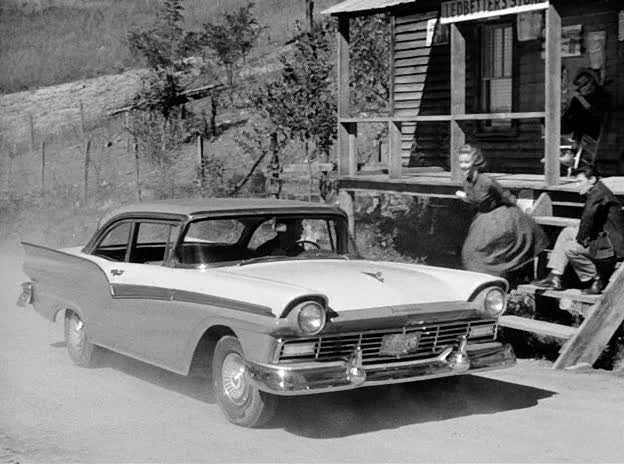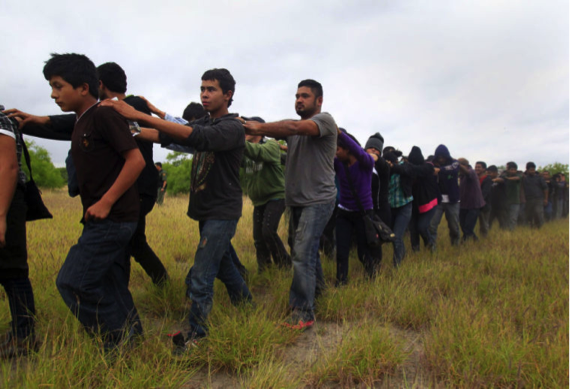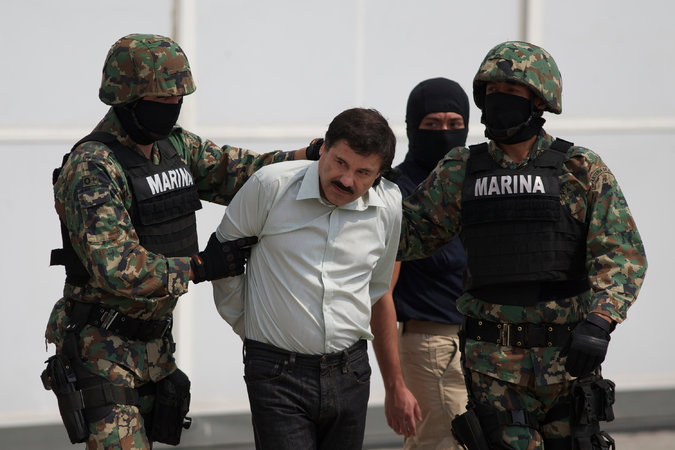I lived and worked in El Paso years ago and that experience was a springboard to a couple of decades working in Mexico, mainly Mexico City with the Federal Government and Mexico’s National University as well as the State of Texas. Those were the early years of the development of the North American Free Trade Agreement and the accelerating industrialization and urbanization of Mexico. Through The University and The State of Texas, we crafted a number of agreements to further higher education and research collaboration as well as improved local government ties in border cities. I moved from much of my research in Mexico in the late 1990’s as violence began to grow in Mexican cities.
I keep an eye on Juarez across the border from El Paso as an indicator of social conditions in Mexico. From about 2003 to 2010 it grew to become the most violent city in the world averaging almost 10 murders daily in 2010. Journalists are targets of the Cartels in Mexico and in some areas because of corruption of law enforcement as well, a free press does not exist and acquaintances in cities like Laredo and McAllen say they use internet media like Facebook for reports of organized crime activity. Juarez still has some functioning newspapers and tv/radio and one is the “el diario de Juarez”. Here is a story from an El Paso television station picking up an El Diario report on murders Wednesday and Thursday of this week: http://www.kvia.com/crime/el-diario-21-killed-in-juarez-over-48-hour-period/569512436
Violence is rising in Mexico and this is moving back toward the levels of the previous decade. Economic problems are growing in Mexico with a sliding peso, low oil prices and a corrupt and backward state oil monopoly, PEMEX. Much like our state, oil is vital to the Mexican economy. Adding instability is next year, 2018, a Presidential Election Year and campaigns have begun. A historic safety valve of Mexican economy problems has been Mexicans working in the United States and sending remittances back to their families in Mexico. The Trump Administration is starting to highlight that practice, his notion of building a great wall on our southern border, as well as pressuring manufacturers in Mexico that export to the United States to move their factories to the U.S. or face import tariffs. This particular theme of President Trump is reflective of economic problems in cities and states in much of the United States hit by the loss of manufacturing jobs including Illinois, Michigan, Ohio, Maine, New Jersey, Connecticut, etc.
Keep two more things in mind. One is that violence and poverty will push more of the 127 million Mexicans to leave Mexico and the only route is north and there are 40 million more in greater poverty south of Mexico in Central America and then the failed state of Venezuela and the failing one, Brazil even farther south. Two is that much of Mexican government and, particularly law enforcement, is compromised by the Mexican Cartels. The “plazas” at Mexican border cities like Juarez or Nuevo Laredo or Reynosa are critical to control for the movement of illegal drugs and human trafficking. Likely the increase in violence in Juarez is two or more Cartels warring for control of the “plaza” to El Paso and thus the American market!
Here are a couple of more news items. One is from Fred Burton and his indefatigable research reflecting on the changing nature of Mexican cartel activity:
|
And this link is to a discussion of probably the most important violence in Mexico for us in Texas in our neighboring state of Tamaulipas that stretches from Laredo east all the way to Brownsville!
Texas has been intertwined with Mexico since the days of Spanish colonialism. But in the last decade and in the coming years this relationship will grow and be far more complex. The 50,000+ “unaccompanied minors” mainly from Central America not Mexico that crossed in 2014 into Texas, many at McAllen, overwhelming our marginal foster care systems is only a hint of things that may come.






